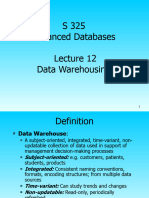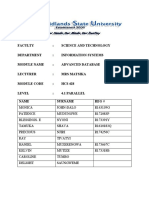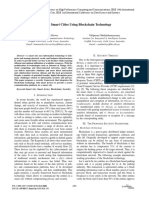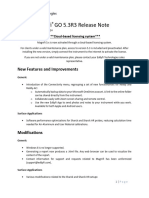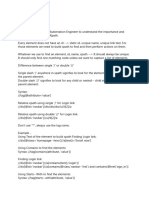0% found this document useful (0 votes)
41 views10 pagesBI Module 3
The document outlines the data warehousing process, including key components such as data sources, extraction, transformation, and loading (ETL), as well as the architecture of data warehouses. It describes the characteristics of data warehouses, including being subject-oriented, integrated, time-variant, and non-volatile, and discusses different data representation schemas like star and snowflake. Additionally, it covers the importance of business reporting and various types of reports used for performance measurement and decision-making.
Uploaded by
layappa2004Copyright
© © All Rights Reserved
We take content rights seriously. If you suspect this is your content, claim it here.
Available Formats
Download as PDF, TXT or read online on Scribd
0% found this document useful (0 votes)
41 views10 pagesBI Module 3
The document outlines the data warehousing process, including key components such as data sources, extraction, transformation, and loading (ETL), as well as the architecture of data warehouses. It describes the characteristics of data warehouses, including being subject-oriented, integrated, time-variant, and non-volatile, and discusses different data representation schemas like star and snowflake. Additionally, it covers the importance of business reporting and various types of reports used for performance measurement and decision-making.
Uploaded by
layappa2004Copyright
© © All Rights Reserved
We take content rights seriously. If you suspect this is your content, claim it here.
Available Formats
Download as PDF, TXT or read online on Scribd
/ 10

















